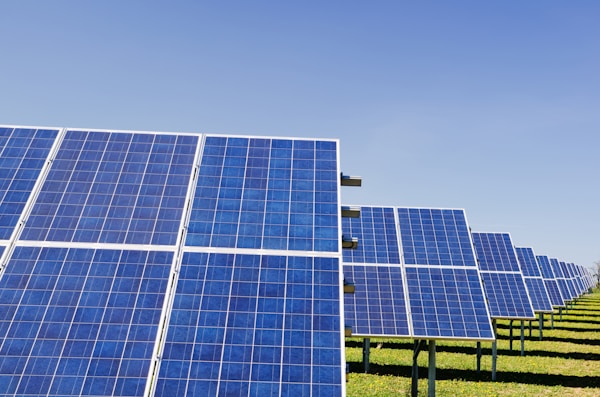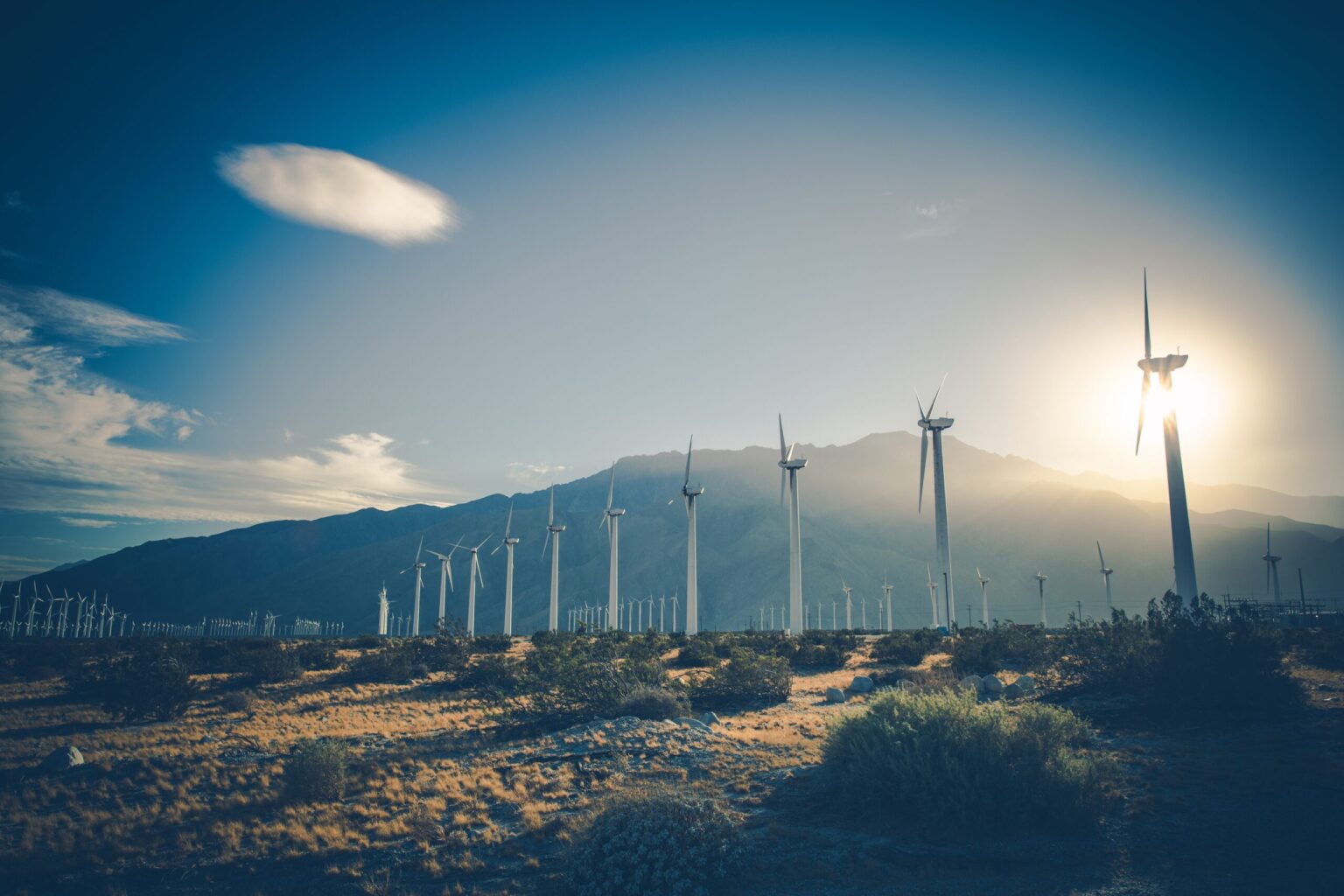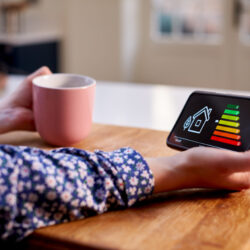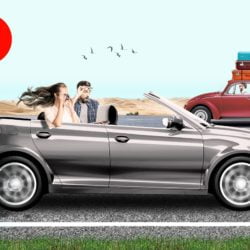Renewable energy sources are becoming increasingly important to the world’s energy needs. From solar and wind to geothermal and hydropower, these energy sources are helping to reduce our dependence on fossil fuels and provide a more sustainable energy future. However, being familiar with how these renewable energy sources work, their advantages and disadvantages, and how you can make use of them can be tricky, particularly if you’re new to the subject. Fortunately, there are plenty of resources that can teach you everything you need to know. If you’re in need of more information, keep reading for a basic guide to understanding renewable energy sources.
What should you know about renewable energy sources?

It’s easier than ever to power your home with clean energy, especially through solar power and wind power. That’s because renewable electricity providers like CleanChoice make it simple for you to reduce your carbon footprint and have a positive impact on the environment. CleanChoice Energy offers homeowners and renters the ability to access wind and solar energy. When you join a community solar farm, you can receive the financial and environmental benefits of using renewable energy without having to cover the expensive upfront cost of installing solar panels.
Renewable energies are considered “green” because they cause little or no harm to the environment when compared with traditional sources of fuel like coal or gasoline. Solar power produces electricity without releasing any pollutants into the atmosphere; similarly, wind turbines create power by harnessing kinetic motion from air currents. Additionally, hydropower utilizes falling water in dams to turn turbines and generate electricity which eliminates toxic gases created during burning processes found in more conventional methods for creating electrical power.
The main benefit associated with renewable energies is their sustainability and ability to be replenished naturally over time. This results in long-term cost savings as well as reduced environmental stressors caused by mining activities related to extracting resources like coal or oil from beneath Earth’s surface. The truth is that when you consider their advantages, there’s no reason not to transition to using clean energy at home.
How else can you improve your home’s energy efficiency?

Now that you know a little more about renewable energy sources, let’s discuss some of the other ways you can improve your home’s energy efficiency, beyond switching to using wind, hydroelectric, or solar power. For example, did you know that a smart thermostat can make your home more energy efficient? It’s true! They are able to achieve this by adapting to your habits and preferences, then adjusting the temperature automatically. You can even optimize your energy usage to be as eco-friendly as possible, which will noticeably lower your carbon footprint.
Switching to LED (light emitting diode) light bulbs is one of the most effective ways to improve your home’s energy efficiency. Compared to traditional incandescent bulbs, LED bulbs use significantly less energy to produce the same amount of light. They also last much longer, which means you’ll save money in the long run on replacement costs. LED bulbs can also contribute to a more comfortable and safer living environment. This means they pose less of a fire risk and are less likely to burn or damage your furniture or other belongings.
As you can see, renewable energy sources are essential for our planet’s future. By reducing our dependence on fossil fuels, we can reduce our contribution to climate change and protect our environment for future generations. With advances in technology, renewable energy sources are becoming increasingly cost-effective, reliable, and accessible. Investing in renewable energy sources is a major step toward a more sustainable future. You can also improve your home’s efficiency in other ways, like installing a smart thermostat or using LED bulbs. Follow these tips and you can be a part of the solution when it comes to addressing climate change.






